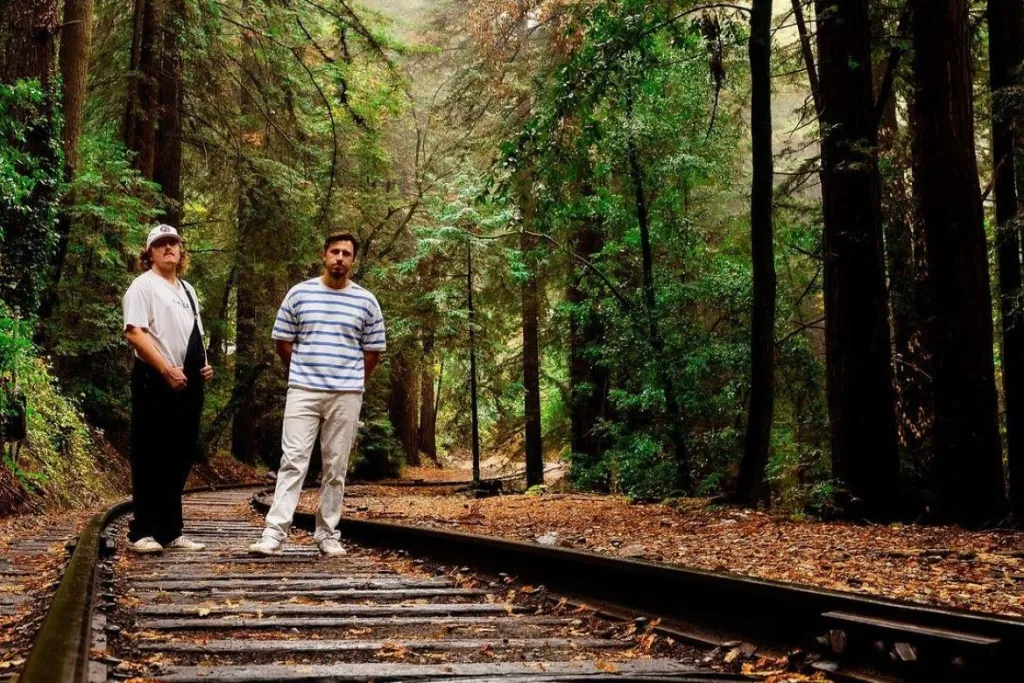Avatar: The Last Airbender is highly regarded for its imaginative storytelling and richly detailed worldbuilding. The 2005 animated series is a modern classic for a reason and one of the best shows of its kind, but it is far from flawless. As much as there is to learn from the show's successes, there's even more to be learned from its failures.
Avatar: The Last Airbender's worldbuilding contains some notable weak points, and any show looking to pick up its torch would be wise to avoid the same mistakes. The series was close to perfection; had it fixed the following five problems, it may have actually achieved it.
Avatar's New Live-Action Netflix Rumors All But Guarantee Zutara
Are The Four Nations THAT Different?
Avatar: The Last Airbender's magic owes in part to its deft ability to set up broad details for its world, seemingly painting the Four Nations as starkly distinct from each other. However, upon closer inspection, the Four Nations really aren't as distinct as they seem. The world's governments either have an ill-defined structure or else are variations on authoritarian monarchies with simplistically linear top-to-bottom structures. Everyone reads and writes the same language, share essentially the same spiritual beliefs if they don't flatly reject spiritualism altogether and are ultimately relatively homogenous, at least compared to how The Legend of Korra and the Kyoshi novels were able to develop greater historical and political distinctions between nations.
The Fire Lord/Earth King/Tribal Chief holds total authority in every civilization visited, even the hermitic Sun Warriors. Political power is almost entirely centralized in one generic capital city, with Ba Sing Se being the only one to even merit a proper name originally. The Air Nomads are the most distinct in terms of customs and culture from what little is seen of them, but are the stodgy and sanctimonious Council of Elders really so different from Pakku's sexism, Ba Sing Se's bureaucracy or any number of Fire Nation villains?
Avatar's Scant History
Giving such broad and general details about Avatar's world allows the show to quickly and efficiently create its setting with an evocative backdrop with a constant promise of deeper lore behind every detail. This is part of the show's magic, as viewers catch scant mentions that seemingly set up a later story or deeper history. However, in many places the show never offered that follow-through, leaving it to comics and spinoffs to pick up on those stories if they're picked up on at all. Dispensing with such details is understandable for the sake of storytelling, but from the standpoint of worldbuilding, it makes the fantasy feel ill-defined and poorly planned.
Kyoshi's conflict with Chin the Conqueror is a prime example, as Chin's conquest of nearly the entire Earth Kingdom is presumably a major piece of the world's history. But past its initial mention, there are no other details, and Chin's story stands out as notable because it's one of the few scraps of history provided at all. The political history of the Water Tribes and Fire Nation, and indeed almost any detail about Air Nomad society beyond generalities, are constantly gestured at but never explicated. The gestures tease the audience that there could be a history to explore one day, but since the show never gets into it, viewers are left with empty promises.
The Overly-Convenient Plotting
It goes without saying that Avatar: The Last Airbender's main narrative would naturally be one filled with immense history-changing consequences. Even so, having so many huge occurrences happening over the course of just one year in a 100-year war makes the previous 99 years appear strangely stagnant.
Most of the big changes, at least, are motivated by the characters' actions, from the invention of new bending techniques to the discovery of lost civilizations, but some of the big events are a bit too reliant on sheer coincidence. This single year just happens to include both the once-in-a-generation Sozin's Comet and the Day of Black Sun, only known to occur twice in all of recorded history. To some degree, coincidence is necessary for the plot to occur, but when it's pushed to this extent, it can make the world feel small and artificially arranged rather than large and organic.
Some Underdeveloped Fire Lords
Avatar: The Last Airbender generally does a great job of building sympathetic villains. Zuko and Azula are some of the most compelling characters in the entire cast, and their motivations are psychologically nuanced and thematically compelling. When it comes to the actual Fire Lords, however, the series drops the ball. While the threat of the Fire Nation is clearly established, the actual leadership goes underdeveloped as individuals.
While Sozin's desire to "share" the Fire Nation's culture with the rest of the world establishes the motivation for their imperialism, neither his successor Azulon nor the main villain Ozai get really fleshed out as individuals. Not every villain needs to be multifaceted and complex, especially when the threats they pose map pretty clearly onto real-world history, but it's still something of a missed opportunity to not develop the primary antagonist more, especially given the effort The Legend of Korra put into its villains.
Aang's Energybending Deus Ex Machina
Perhaps the one piece of Avatar's worldbuilding which attracts the most criticism is the deus ex machina in the series finale. Aang gains the ability to energybend and utilizes that ability to remove Ozai's firebending to win the war, resolving the central struggle of the entire show. Torn between the decisions of whether to execute Ozai or allow him to continue to plague the world, Aang suddenly finds a third option with very little buildup or explanation that it could be possible prior.
While subtle imagery referencing the existence of lion turtles is sprinkled throughout the entirety of the series, the lore behind them and their ability to energybend is never brought up until the finale. In almost every other area, the show knew how to build up its payoffs, but when it came to the central resolution to the narrative, the last-minute discovery of energybending felt comparatively cheap. The climactic energy battle is still beautifully done, but such a scene would have been so much more powerful if it were built up better over the three seasons prior.


